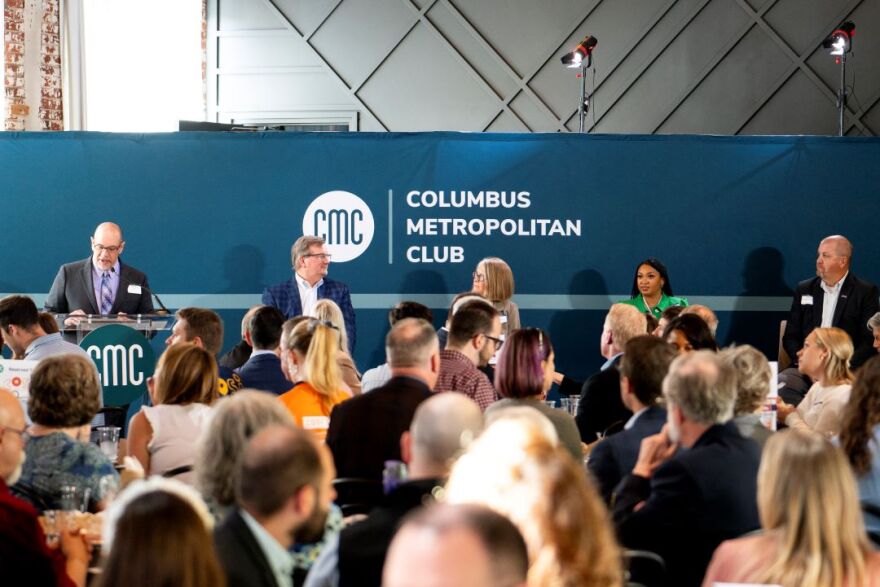Imagine what economic growth looks like on a graph and you may picture a line slanting upwards from left to right. Have you ever wondered where the line stops? On a planet – or a region – with finite resources, it has to end somewhere. This logic is helping a very different model of economic growth to gain traction: the circular economy. Circular, or “doughnut,” economies are sustainable and regenerative, where waste from one process becomes fuel for another. It’s a model being popularized by economists like the U.K.’s Kate Raworth, and it’s taking root around the world and in Central Ohio. Central Ohio’s economic activity is expected to result in more residential and industrial waste that will threaten the usable lifespan of the region’s landfill. Growth is putting upward pressure on greenhouse gas emissions that contribute to climate change. A circular economy can mitigate many of these consequences by recapturing more and more recyclable materials in new ways, sending them back into the production cycle. Central Ohio has an opportunity to set a national example showcasing the benefits of a circular economy, and key players in our region are working together to bend that growth line back onto itself to form a sustainable circle. With a panel of regional leaders, we’ll unpack the advantages of thinking about economic growth in an entirely new way and learn how key players in Central Ohio are working together to bring sustainable circular growth to the region.
Featuring Jeff Snyder, Director of Recycling, Rumpke Waste & Recycling; Tres Carter, Director of Creative Engagement, COSI, and forum moderator; Scott Barbour, President and Chief Executive Officer, Advanced Drainage Systems; Elena Irwin, Professor of Environmental Economics, The Ohio State University Sustainability Institute; Tia Johnson, Owner, Compost Clubhouse.







